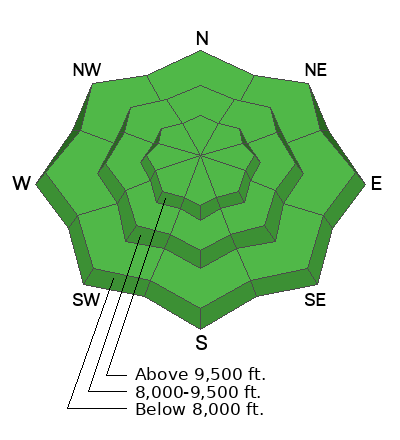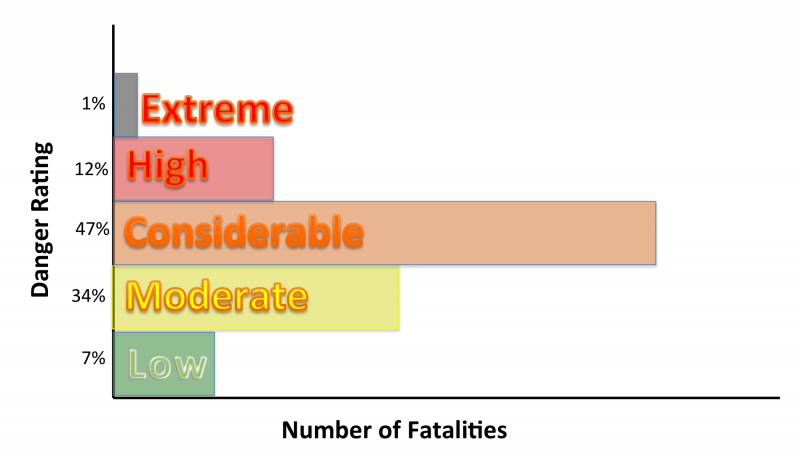Forecast for the Salt Lake Area Mountains

Issued by Nikki Champion on
Monday morning, February 13, 2023
Monday morning, February 13, 2023
Overall, the avalanche danger rating is LOW as we generally have safe avalanche conditions. Watch for unstable snow on isolated terrain features. Natural and human-triggered avalanches are unlikely.
Pay attention to the snow surface on the southerlies. If you start seeing rollerballs or the snow becomes damp and unsupportable, it's time to get out of there or change your aspect to a cooler, more shady slope.
Pay attention to the snow surface on the southerlies. If you start seeing rollerballs or the snow becomes damp and unsupportable, it's time to get out of there or change your aspect to a cooler, more shady slope.

Low
Moderate
Considerable
High
Extreme
Learn how to read the forecast here








